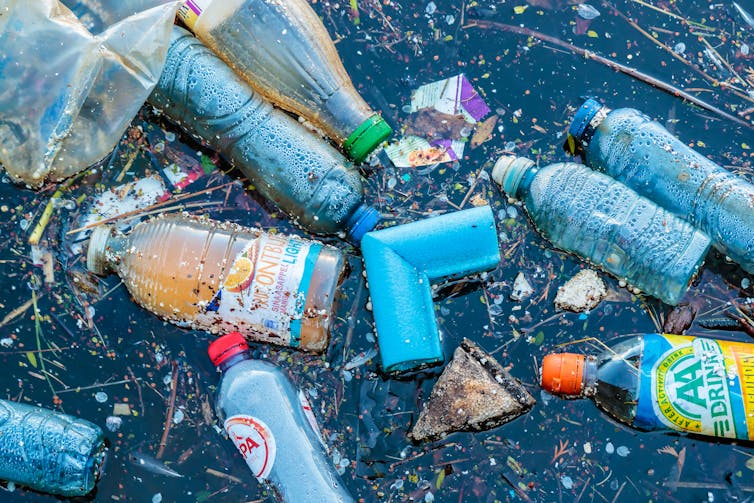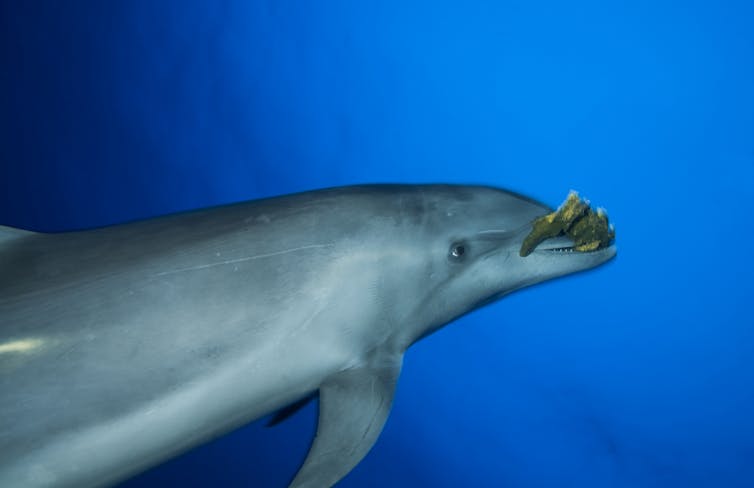I was asked to speak at an event organised by the Mayor of Bristol, Marvin Rees and the City Office team that brought together academics and other interested in rebuilding Bristol. I was asked to respond to the following question and thought people might be interested in reading the full text here:
‘Bristol, along with cities all over the globe, is facing an unprecedented health, economic and social crisis. This brings both a challenge and an opportunity to rebuild our city. If we do it well, Bristol will be more inclusive, more sustainable and more resilient in the face of future shocks. If we do it without thinking, falling into old assumptions (i.e. badly), the opposite is true. How should we rebuild our city?’
In 5 minutes I can only hope to raise some issues and matters of concern. There are many present here today who will know a lot more than me about aspects of social justice – especially around race, disability and class and I hope they will join in afterwards with comments and concerns. This is intended to be a provocation for ongoing conversations that bring diverse knowledges and expertise together so that we can begin to rebuild our city to be more inclusive, sustainable and resilient.
We knew before this pandemic struck that many communities and organisations were facing an ongoing crisis – a crisis in which inequalities are growing, where austerity and a desire for growth at all costs had pushed cities around the world into a situation where social, economic and environmental justice were comprised.
The pandemic has helped to make visible where people and communities are falling through the cracks in our cities and illustrated more widely that a return to business as usual is not an attractive option for those of us interested in social, economic and environmental justice. It is not an option for those families living in crowded accommodation who don’t have enough food on a daily basis, it’s not an option for those living with disabilities or ill health who rely on inadequate, time rationed segments of care delivered by care workers who are undervalued and underpaid. It’s not an option either if we want to take our responsibilities to the planet seriously.
So what have we seen during this crisis that helps us to understand our challenges as a city and the assets that we have to draw on in rebuilding them.
We have seen the incredible efforts of the community and voluntary sector in the city who have built on established and designed new alliances to tackle their communities’ needs. These initiatives have gone way beyond reactively responding to the everyday, urgent needs of their communities. For instance, Knowle West Alliance, developed over the last two years, brings together large and small community organisations- they have set up a community food bank, coordinated volunteers, communicated through digital and postal service with all community members, used the amazing Bristol Can Do platform to recruit volunteers and assign them to a brand new befriending service and committed to reflecting and learning as part of this discussion. The Support Hub for older people, set up in 2 weeks in order to bring together organisations in the city concerned with the needs of older people, were determined to draw on their collective expertise to provide a range of support for older people including practical and emotional support but also virtual activities. These examples, and many others, demonstrate how through working collaboratively across sectors and alongside our communities we can go way beyond provision of ‘crisis’ support. They have shown the value and strength of the civil society sector in the city in working alongside communities at the margins building on their ongoing, long term work and trusted relationships with the communities that they serve.
We have finally appreciated and valued the key workers who support systems of care in the city – the care workers, teachers, food delivery workers and community development workers. Raising questions around how we might change our systems of value in the city.
Our neighbourhoods and streets have fostered intergenerational and cross cultural discussion and we have made new friends – we have come together in Whats App groups and through socially distant street gatherings to share our concerns, to provide care where this has been needed and, importantly, to laugh and cry together. A question we might want to explore here relates to how we might develop ‘community’ across our neighbourhoods providing the support we all need across generational and cultural difference, in and between hyperlocal areas?
Our green spaces have provided the space for those without gardens to enjoy fresh air and exercise, whilst socially distancing. Roads, free of cars, have provided new found space for children and families to play and cleaner air, particularly in those areas of the city where poor air quality is a particular concern. Lizzi has already suggested the need to capitalize on this in bringing forward environmental change in our city and globally.
I would argue that in Bristol’s response to COVID 19 we have seen that our city is a place resplendent with learning, creativity, innovation and care.
I want to pick up particularly on this last word which I think is highly relevant. I want to suggest that if we want to tackle issues of social, economic and environmental justice we need to retain a focus on the role of care in the city. I draw on the feminist scholar Jean Tronto’s definition of care as ‘everything that we do to maintain, continue and repair ‘our’ world so that we can live in it as well as possible. Feminist approaches to care foreground our interdependencies, and encourage us to take notice of peoples’ lived experiences, their existing knowledges and expertise and the stories they tell about them. They encourage us to do what Jane Jacob’s the great American City planner suggested – to take notice of the complexity of our city, to look closely ‘at the most ordinary scenes and events and attempt to see what they mean and whether any threads of principle emerge.’ (Jacobs, 161, p.23). I think we have seen a lot of these ordinary scenes during this pandemic but that we need to work quickly to recognise the threads of principles and new values that might emerge.
My suggestion is that we need to work care-fully together to build on the wide range of vital and lively existing learning, innovation and creativity in our cities. However, a word of caution. We must not make assumptions that there is consensus on what these principles or values might be and we need to recognize that ‘rebuilding Bristol’, especially if we want to challenge concerns around social, economic and environmental justice, will not be easy. We will need to continually ask ‘who is not involved?’ We will need to ensure that we work with others who are ‘not like us’ or with whom we disagree. We will need to design new processes and methods for this and we will have to be open to building new relational capacities in the process, with each other but also with the environment surrounding us.
I want to finish by saying this is a moment that we need to grasp head on drawing on the many assets that we have in the city, many of which have been made more visible through this crisis. We have achieved so much in the city during this pandemic which will support us to work differently to challenge questions of social, economic and environmental justice in the city.
**Watch Helen discuss this subject area in more detail in our Annual Lecture 2019 below**
———————–
This blog is written by Cabot Institute member Helen Manchester, Associate Professor in Digital Inequalities & Urban Futures at the School of Education, University of Bristol and a Bristol City Fellow. This blog was reposted with kind permission from the School of Education blog. View the original blog.
 |
| Helen Manchester |









